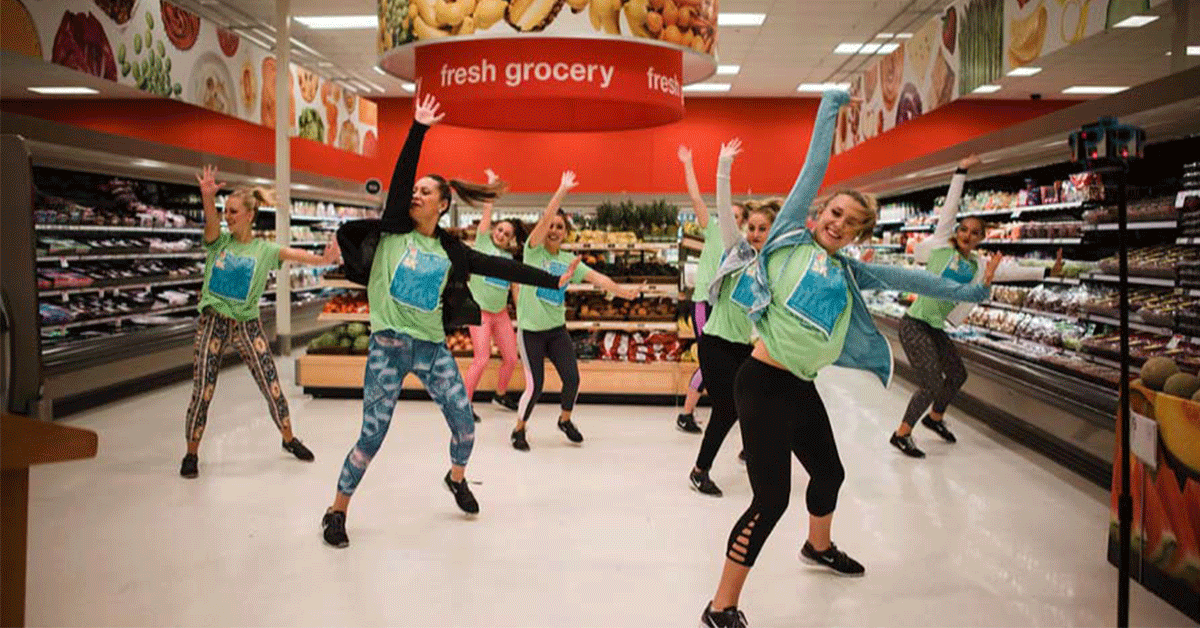
Live Well San Diego: Creating Social Change Through Collective Impact
Stacey Nelson Smith, President and CEO, Civilian
The recent Sustainable Brands conference was a fitting stage to share the success story of Live Well San Diego, a visionary partnership that’s creating measurable progress toward a region that’s healthy, safe, and thriving. While San Diego is known for its beautiful beaches, perfect weather, and an active lifestyle, like much of the nation it’s also plagued by health conditions associated with obesity and smoking. In fact, three behaviors (physical inactivity, poor diet, and smoking), contribute to four chronic diseases (heart disease/stroke, cancer, diabetes, and lung disease) that result in over 50 percent of deaths in San Diego. The County of San Diego decided to tackle this “3-4-50” public health problem head on starting in 2010, and within five years Live Well San Diego created measurable change (detailed below) in 70% of the key indicators. If you’re considering leading or joining a similar initiative, here are four lessons learned that contributed to our success.
- Take a Collective Impact Approach
The County developed Live Well San Diego using the Collective Impact framework, an innovative and structured approach to addressing deeply entrenched and complex social problems. The Collective Impact framework is based on the belief that no single policy, program, or government agency can solve complex social problems on its own. It uses five key elements: setting a common agenda, establishing a shared measurement system, coordinating mutually reinforcing activities, maintaining open and continuous communication, and establishing a backbone organization (in this case, the County of San Diego).
Using this approach, the County recruited hundreds of community partners, including businesses, government agencies, community and faith-based organizations, and schools. And it hired Civilian, a San Diego-based marketing communications agency that I lead, to engage stakeholders in articulating the vision and developing the brand.
- Measure and Report Key Metrics
To achieve the vision for a healthy, safe, and thriving region, Live Well San Diego focuses on five areas of influence—health, knowledge, standard of living, community, and social—and measures progress toward 10 indicators such as life expectancy, education and unemployment. Within the first five years, the initiative showed positive impact in seven of those indicators, including increased life expectancy, higher education, improved air quality, and less crime.
Live Well San Diego made it easy to track progress in real time through an open data dashboard and portal accessible to the public. This communicated results in a tangible, transparent, and immediate way that built trust and accountability with both partners and the public. One of our rallying cries throughout the project was that shared data plus shared progress equals a shared win.
- Build a Unifying Brand
Led by Civilian, Live Well San Diego engaged stakeholders to build a unifying brand, which included developing a name for the initiative, designing a logo, and building a website. One key element of our approach was to use brand colors aligned with the three pillars of the vision: healthy, safe, and thriving. “Healthy” is represented by the blue palette, which also suggests cleanliness, wellbeing, and serenity, and reminds us of the region’s blue skies and oceans. “Safe” is reflected with orange and yellow tones, which signify caution and prevention, as well as our desert communities and ubiquitous sunshine. “Thriving” is represented by green, which speaks to environmental and economic sustainability, as well as the region’s agricultural production.

This transformed the project into an entity of its own: a living and breathing brand that people could see and connect with. It also included a marketing and advertising campaign with PSAs, video interviews on signature events, and individual stories of people championing the Live Well San Diego vision. The unifying brand turned the initiative into a movement.
- Select Partners with a Shared Purpose
Live Well San Diego sought partners that were aligned with the initiative’s purpose, and committed to making an impact in the five areas of influence and 10 key metrics. Through a selective application process, it partnered with 14 cities, 32 school districts, nearly 200 community and faith-based organizations, and dozens of businesses, including several high-profile corporations like Target, CVS Health, and WD-40 Company. As part of its commitment, Target gives employees a 20% discount on fresh and frozen produce, and their branded line of organic products and fitness wear. CVS Health supports smoking cessation programs and free blood pressure screenings. And WD-40 Company, headquartered in San Diego, advances Live Well San Diego goals through charitable giving and a program that encourages health and wellness among it’s “tribal culture” of employees. Live Well San Diego now has 315 recognized partners, and our success has created greater demand for involvement.
As this story shows, social change doesn’t happen in a silo, with a few well-meaning organizations acting alone. Creating social change on complex problems requires multi-sector collaboration and sophisticated solutions. If you’re up for the challenge, try the approaches above that we’re using to help people throughout San Diego live well.
Stacey Nelson Smith is President and CEO of Civilian, a full-service marketing communications firm dedicated to building stronger communities, challenging convention, and inspiring meaningful change.
This article was also published on the Sustainable Brands blog on June 18, 2018